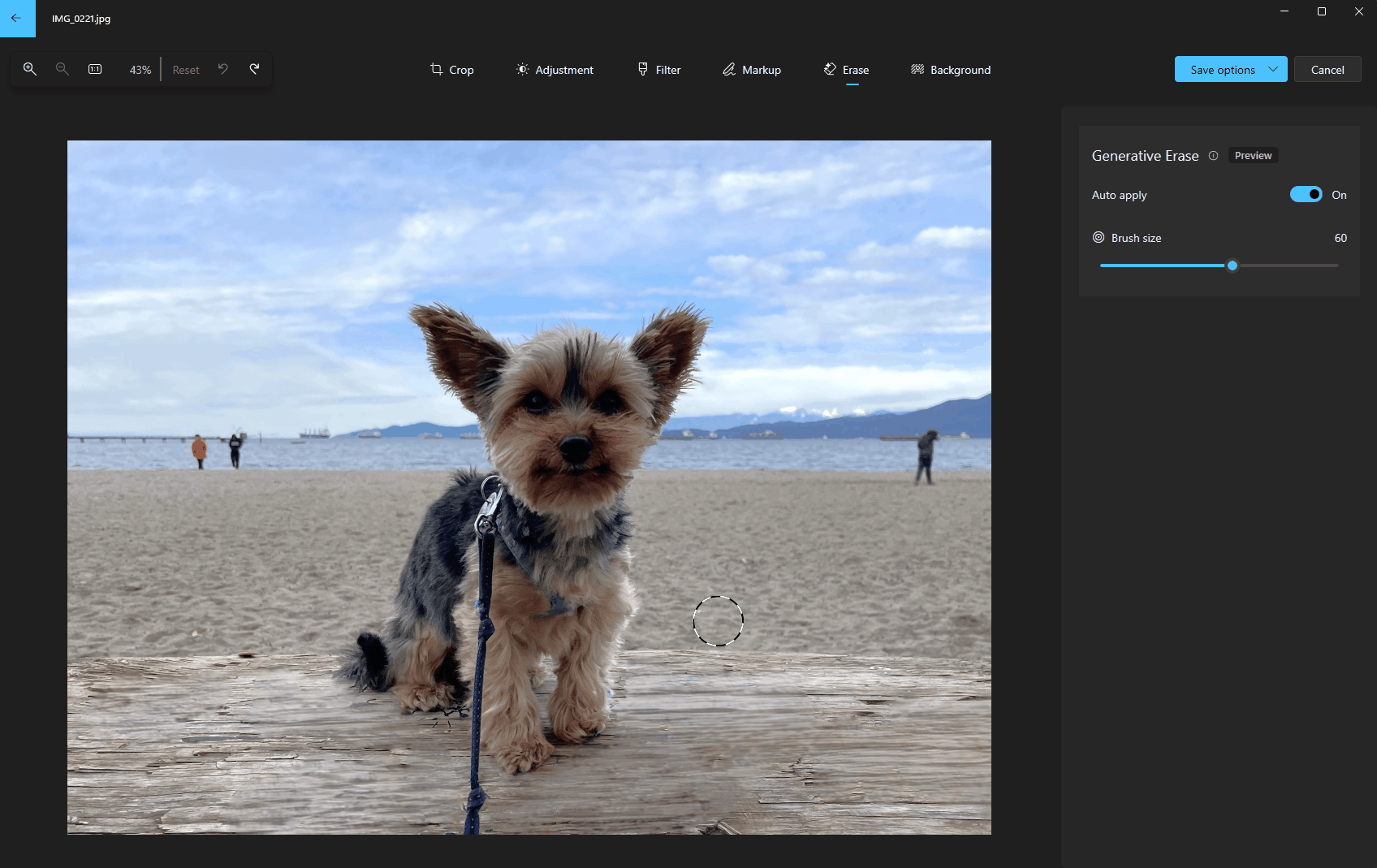The unseen cost of brand loyalty: the ‘tax’ you’re unknowingly paying
One of us has a partner – let’s call him Colin (because that’s his real name). Recently, his energy retailer wrote to him to tell him he could save money on his bill. And who wouldn’t want to save money given the recent price increases? So, he rang back. But the call centre operator couldn’t tell Colin what a better offer would be, and directed him to the retailer’s website. He couldn’t work it out there either. He gave up.
This kind of experience is all too common. Trying to keep a lid on your household’s key costs – think utilities, insurance, banking and telcos – can be extremely challenging. Many of us simply don’t know if we’re getting a good deal or not.
Loyal customers often pay a big price for sticking with their service provider.Credit: Dionne Gain
The data shows that we’re not – some people might even say we’re being ripped off. Recent figures from the Australian Competition and Consumer Commission (ACCC), based on the energy bills from more than 5 million households, found that nearly half are paying equal to, or more than the safety net price – some substantially. The safety net price, which is not a competitive price but is meant to protect us from unreasonably high prices, clearly is not working.
Across these essential services, a common tactic is to offer a cheap introductory price, and to increase that over time. It’s become known as a loyalty penalty or tax. It works because all of these products can be complex and prices difficult to compare. Shopping around, as Colin found, is confusing and time-consuming. Instead, many of us trust these (mainly) big businesses to do the right thing. But they don’t. And that means the loyalty penalty is costing Australians billions of dollars.
In energy, if we want a truly competitive market it isn’t enough to tell people about better offers or send them to price comparison websites. As a minimum, people doing it tough and in retailer hardship programs need to be defaulted to the best offer. It’s also unreasonable for people to be paying higher than the safety net price – this should be a price cap.
Loading
In insurance, Australia should follow Britain’s lead and ban loyalty taxes, also known as “price walking”. The regulator there now requires that renewal quotes cannot be more expensive than those offered to new customers. There is no recent data estimating the size of the loyalty penalty in insurance, but it’s probably large: research in 2018 from the NSW insurance monitor found that renewing customers on average paid premiums that were 25 per cent higher than new customers.
For those of us trying to save money, accounts offering bonus interest rates look attractive. But complex terms and conditions mean that most people, in most months, actually don’t receive any bonus interest at all. It also seems standard practice for banks to offer better rates to new savers but leave existing customers on less competitive rates.
Similarly, in home lending, there is a continued gap between the interest rates offered to new customers compared to existing customers. One recent analysis showed there is an average difference of 1.99 per cent between “front book” and “back book” rates and fees, meaning loyal customers are being charged thousands of dollars a year more on an average loan.
(The following story may or may not have been edited by NEUSCORP.COM and was generated automatically from a Syndicated Feed. NEUSCORP.COM also bears no responsibility or liability for the content.)



